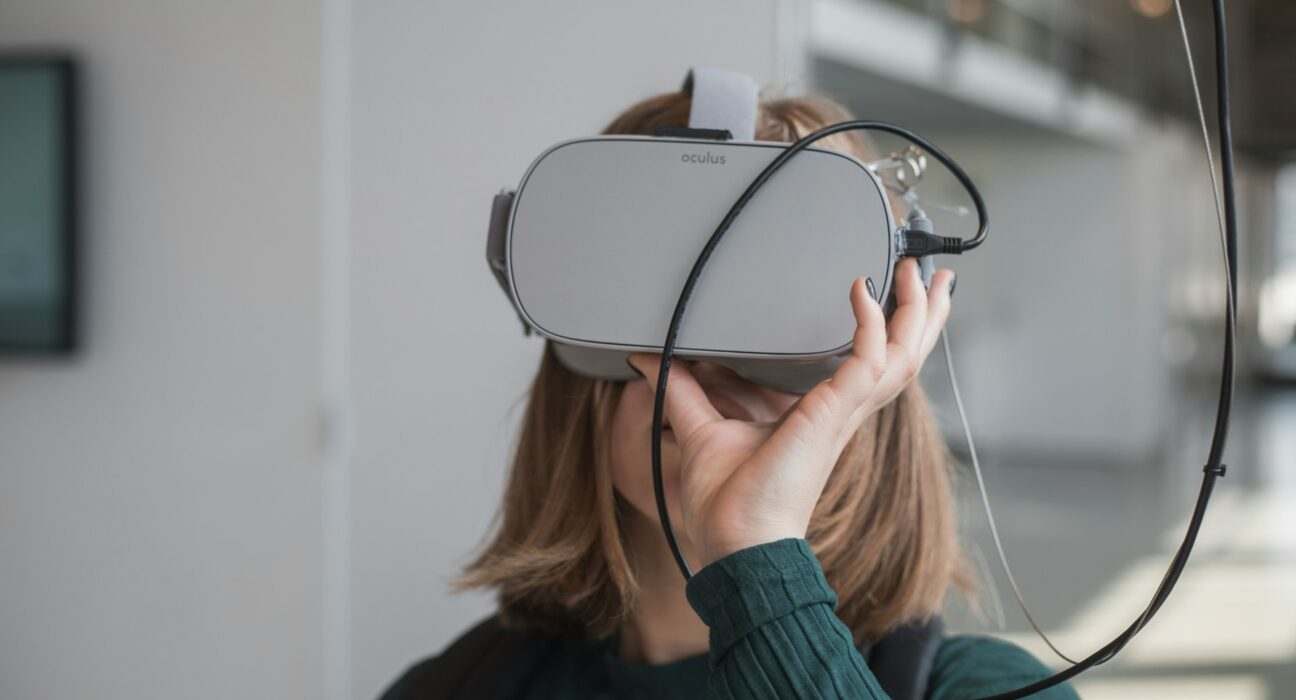Welcome to the metaverse a term you’ve likely heard buzzing around tech circles, gaming communities, and digital creator spaces. But what exactly is the metaverse? Is it just a trend, or is it the future of how we interact with digital spaces? In this blog post, we’ll dive deep into the metaverse, exploring its origins, its current state, and its potential for the future. We’ll also discuss how virtual reality (VR), technology, and innovation are driving this new frontier. Whether you’re a tech enthusiast, gamer, or digital creator, this guide will provide essential insights into the metaverse.
What is the Metaverse?
The metaverse is a collective virtual shared space, created by the convergence of virtually enhanced physical reality and physically persistent virtual reality. In simpler terms, it’s an expansive network of 3D virtual worlds focused on social connection. The concept of the metaverse goes beyond just VR; it includes augmented reality (AR), blockchain technologies, and other immersive digital experiences. Imagine a world where you can attend a concert, work with colleagues, or explore fantastical realms—all from the comfort of your home.
Virtual Reality: The Gateway to the Metaverse
Virtual reality is often seen as the gateway to the metaverse. With VR technology, users can immerse themselves in lifelike environments, interacting with digital objects and avatars as if they were real. Companies like Oculus (owned by Meta, formerly Facebook), HTC Vive, and Sony PlayStation VR have been at the forefront of these developments, making VR more accessible and affordable.
Key Features of VR in the Metaverse
- Immersive Experiences: VR provides a fully immersive experience, allowing users to feel as if they are physically present in a virtual world. This level of immersion is crucial for the metaverse’s promise of interconnected virtual spaces.
- Interactivity: In the metaverse, users can interact with their environment and other users in real-time. This interactivity is powered by sophisticated VR technology that tracks movements and responds accordingly.
- Social Interaction: One of the most compelling aspects of the metaverse is the ability to socialize within virtual environments. Whether it’s attending a virtual party, collaborating on a project, or simply hanging out with friends, the metaverse offers new ways to connect.
Technology Driving the Metaverse
The metaverse relies on several key technologies to function effectively. Here are some of the most important ones:
Blockchain
Blockchain technology plays a vital role in the metaverse, particularly in terms of digital ownership and transactions. Non-fungible tokens (NFTs), for example, allow users to own unique digital assets, from virtual real estate to digital art. Blockchain ensures these assets are securely owned and traded, providing a foundation for a virtual economy.
Artificial Intelligence (AI)
AI is another critical component, enabling more realistic interactions and personalized experiences within the metaverse. AI can power everything from intelligent NPCs (non-player characters) in virtual worlds to advanced algorithms that curate content based on user preferences.
5G and Edge Computing
High-speed internet is essential for seamless experiences in the metaverse. 5G and edge computing technologies reduce latency and improve data transfer speeds, making real-time interactions more fluid and reducing the chances of lag or disruption.
Innovation and Future Trends
The metaverse is still in its early stages, but its potential for innovation is enormous. Here are some future trends to watch:
Virtual Commerce
Imagine shopping in a virtual mall, trying on clothes using a digital avatar that mirrors your body type, or attending a virtual trade show where you can interact with products in 3D. Virtual commerce could revolutionize how we shop, offering immersive experiences that go beyond what traditional e-commerce can offer.
Education and Training
The metaverse holds promise for transforming education and professional training. Virtual classrooms can bring students from around the world together, while VR simulations can provide hands-on training for various professions, from medicine to engineering.
Entertainment and Media
From virtual concerts to immersive movie experiences, the entertainment industry is already exploring the potential of the metaverse. Imagine attending a live concert from your living room, feeling as if you’re right there in the crowd.
Work and Collaboration
Remote work has become more prevalent, and the metaverse could take it to the next level. Virtual offices and meeting rooms can provide more engaging and interactive work environments, fostering collaboration and creativity among remote teams.
How to Get Started with the Metaverse
If you’re a tech enthusiast, gamer, or digital creator looking to dive into the metaverse, here are some steps to get started:
- Invest in VR Hardware: Start with a basic VR headset to explore virtual worlds. Platforms like Oculus Rift, HTC Vive, or PlayStation VR are excellent starting points.
- Join Metaverse Platforms: Explore platforms like Decentraland, Roblox, or Horizon Worlds to get a taste of what the metaverse has to offer.
- Learn About Blockchain and NFTs: Understanding blockchain technology and how NFTs work will give you an edge in the metaverse, especially if you’re interested in digital ownership and virtual commerce.
- Stay Updated on Trends: The metaverse is rapidly evolving, so staying informed about the latest developments and trends is crucial. Follow industry news, join online communities, and participate in discussions to stay ahead of the curve.
Conclusion
The metaverse represents the next frontier in digital interaction, merging virtual reality, augmented reality, and blockchain technology to create immersive, interconnected virtual spaces. For tech enthusiasts, gamers, and digital creators, the metaverse offers endless possibilities for innovation, creativity, and social connection. As we continue to explore and develop this new digital landscape, one thing is clear: the metaverse is not just a trend. It’s the future.








Leave feedback about this